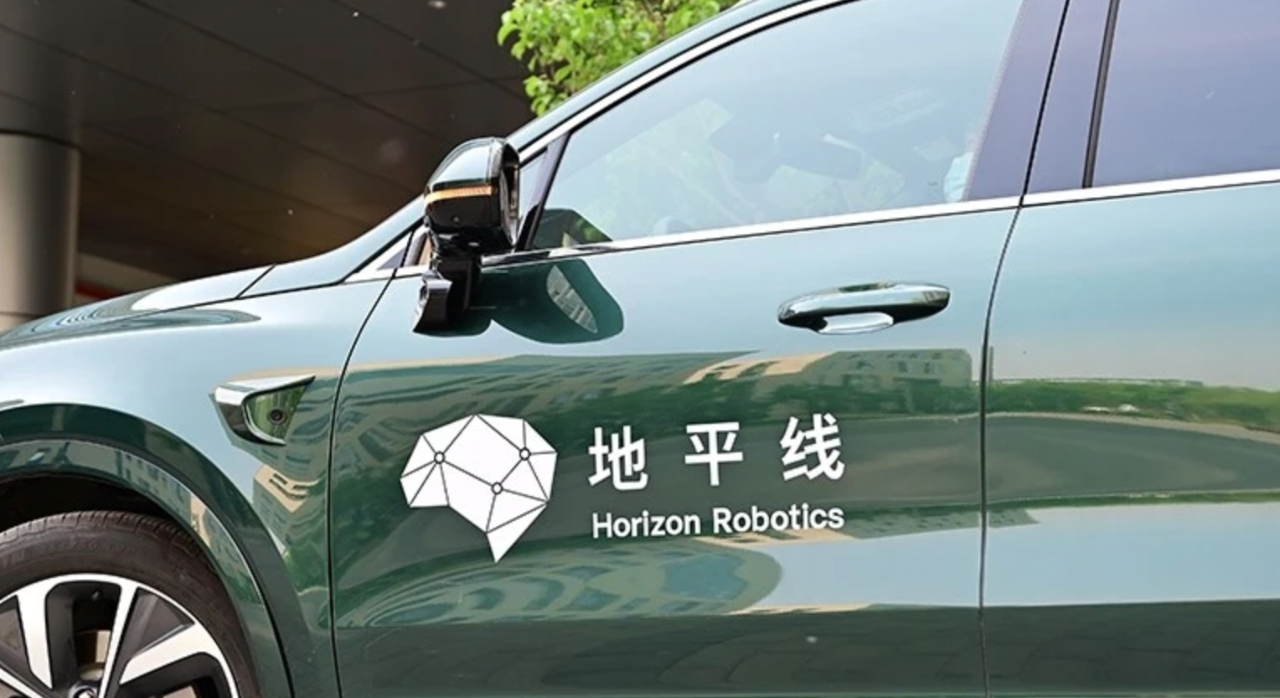Wanda 发自 Copilot Temple
AI4Auto | Reference for Intelligent Cars
Highway navigation assistance, intelligent driving solution for vehicle autonomous driving, lane changing, evading obstacles and entering/exiting ramps on highways.
We recently welcomed a new player, who is a combination of software and hardware.
And, this player is a bit special, not a self-driving “software” company like Momenta or HoloMatic, nor a host factory like Tesla or XPeng, but a company founded on AI chips, Horizon Robotics.
Horizon Robotics, which is known for its hardware capabilities, has developed a NOA system for highways. How is it?
Experience on Mass-Production Vehicles
Let’s start with the basics, lane keeping with slight shaking (perhaps related to the author sitting in the back seat):
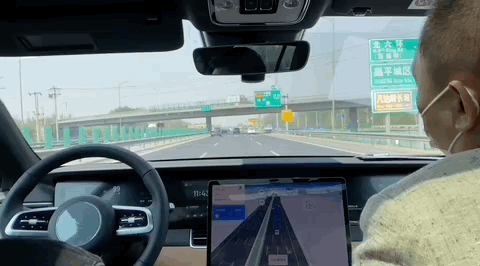
Now let’s take a look at active lane changing and overtaking:
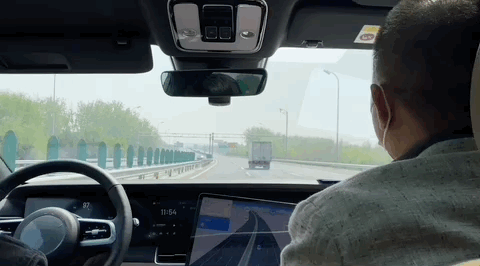
Taking the initiative to overtake within the speed limit.
When there are obstacles to dodge, if a large vehicle passes by, the system will actively avoid it:

Up and down ramps, as well as multiple route selection decisions are also required courses:
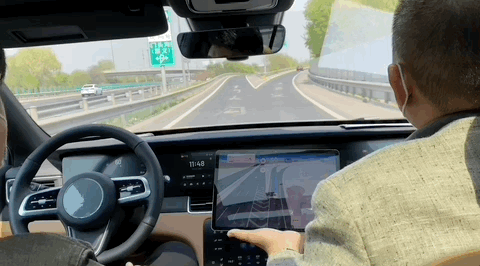
The speed on the ramps was maintained at 40 km/h or less, and the system did not exit during the course of the test drive.
Throughout the process, the operation was relatively stable, and the system did not exit until quite late. After coming off the ramp, it could still function normally.
In addition, this experience of the high-speed navigation assistance is still in the final testing phase, and the test vehicle is a 2021 Ideal ONE, and the entire platform has not yet been integrated into the vehicle, so there are still some shortcomings in the experience.
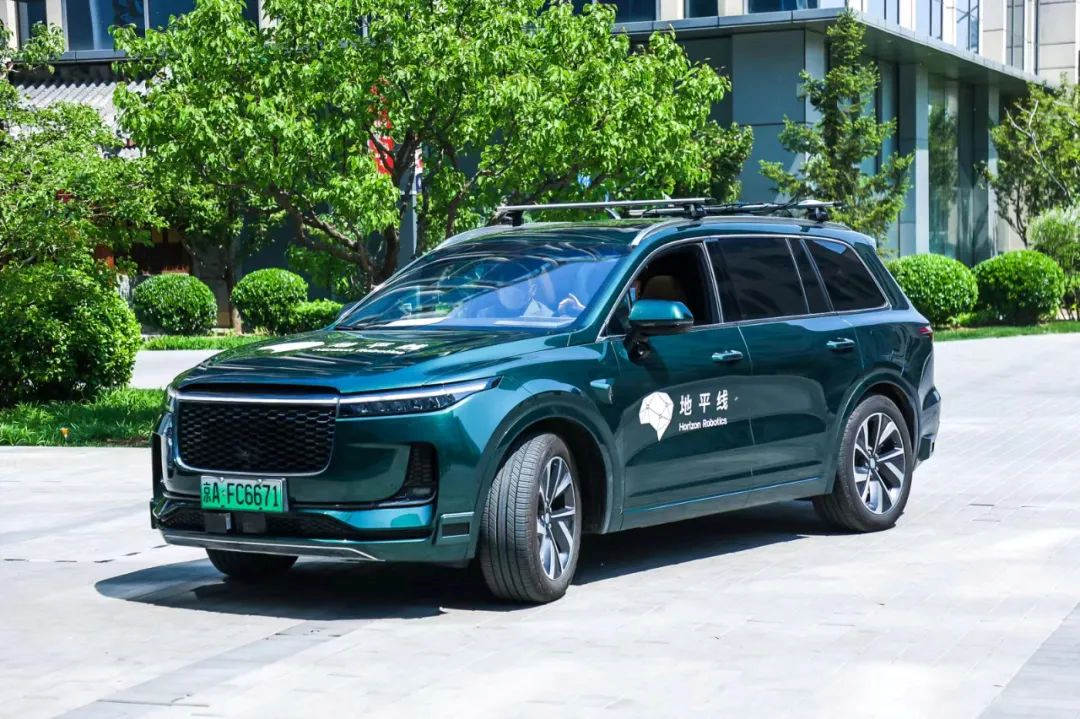
In fact, as early as February, Horizon Robotics NOA had already been tested by the media, but it was not publicly displayed due to being in the testing phase.
This time, Horizon Robotics NOA is being showcased publicly to demonstrate its AI algorithm capabilities and create a model for host factories. The more far-reaching significance is that–
A domestically developed alternative solution for intelligent driving for mass-produced passenger vehicles, from algorithms to chips, from software to hardware.
Horizon Robotics NOA Configuration
Let’s talk about the hardware configuration first.The Horizon NOA system is equipped with three Journey 3 autopilot chips, with a comprehensive computing power of 15 TOPS, and supports integrated parking and driving capabilities.
For sensors, the system is equipped with six ADAS driving cameras and four parking cameras, which can achieve 360-degree all-round perception.
In terms of functions, the Horizon NOA can currently achieve L2+ level high-speed navigation-assisted driving, including basic abilities such as cruise control, automatic lane changing, and automatic ramp entering and exiting. This is no different from mainstream manufacturers such as Tesla NOA and Xpeng NGP.
According to Horizon, the high-speed navigation assistance system is currently in the final testing phase, and will be installed in vehicles for the first time by July of this year, although the specific model has not been announced.
At the same time, it is expected that multiple models from four automakers will be equipped with the Horizon NOA and released this year, making it the most widely adopted NOA system in China.
In addition to its numerical advantages, what makes the Horizon NOA unique relative to other manufacturers is primarily in two aspects:
Firstly, the algorithm. From the Horizon’s sensor scheme, it can be seen that the Horizon NOA can support pure visual road analysis.
However, Horizon also states that the perception scheme can be customized by automakers to accommodate their needs, such as adding lidars, and multi-sensor fusion.
Secondly, the cooling system. According to Horizon’s director of intelligent driving products, Yu Yinan, it uses passive cooling instead of traditional liquid cooling. This is achieved by installing a radiator to cool the CPU.
The main rationale behind this approach is the cost. The cost of a passive cooling system is much lower than that of liquid cooling systems, making it more suitable for internal combustion engines.
Mainstream NOA systems are equipped with liquid cooling systems mainly due to the integration with electric vehicle battery packs, which also utilize liquid cooling.For traditional fuel vehicles, the main NOA needs a separate liquid cooling design, while the passive heat dissipation domain control scheme does not need to consider this issue.
As for the higher-level urban open-road NOA function, according to Yu Yinan, the city automatic driving prototype scheme based on Journey 5, which was built by Horizon, has been tested in the car and is expected to be mass-produced in the second half of next year.
And this navigation assistance solution will continue to be upgraded and equipped with more powerful Journey 5 chips.
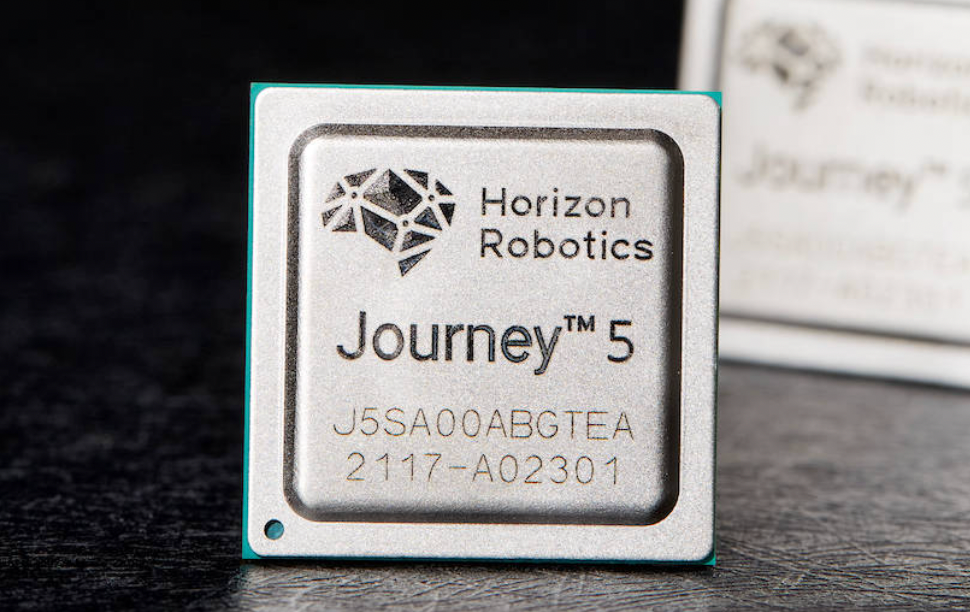
Why do chip companies self-develop intelligent driving algorithm solutions?
For Horizon, self-developed NOA has two purposes.
The first is to create a sample.
Through self-developed NOA, Horizon can demonstrate its ability to develop a complete set of automatic driving systems from chips to algorithms, from hardware to software.
By applying Horizon’s Journey series platform and underlying perception algorithm, automakers can see what level of products can be achieved.
Self-developed NOA is the best choice to achieve this goal.
The second purpose is to support chip iteration.
Specifically, chips and algorithms are not separate entities. Chip design needs to consider algorithm compatibility. As the ODD of autonomous driving continues to expand, the complexity of autonomous driving algorithms will determine the form of chips.
According to Yu Yinan, the idea of Horizon’s chip iteration is not purely based on hardware design, but from the perspective of market, technology and product, considering what kind of hardware autonomous driving algorithms will need in the future.
And then carry out chip iteration based on the understanding of the algorithm.
However, beyond Horizon itself, this NOA based on the Journey series has a deeper meaning for the industry:
Mass-produced passenger car autonomous driving solution with a domestically-produced software and hardware solution.
To understand this, we need to sort out the autonomous driving solutions of domestic mainstream automakers.
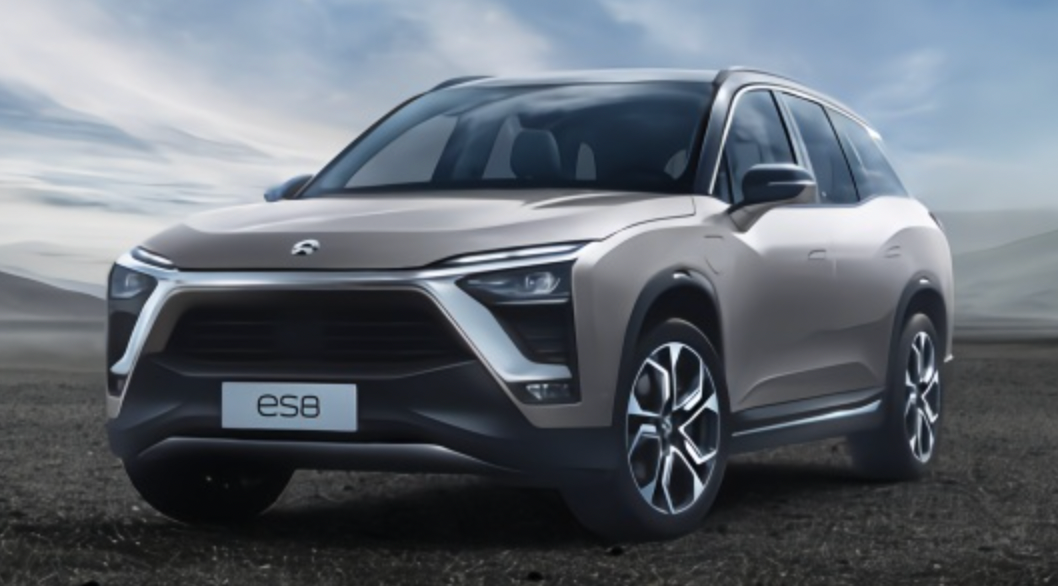
Firstly, NIO and XPENG represent the black box mode of Mobileye from chips to algorithms.
The disadvantage of this mode is that automakers’ self-developed capabilities are limited, and the iteration and evolution of autonomous driving functions cannot be entirely decided by themselves. Every step forward will be greatly restricted by upstream suppliers.
Secondly, companies like XPeng, Baidu, and Mao Mo Zhixing use Nvidia Orin series or Qualcomm chips and self-developed algorithms on this basis.The advantage of NVIDIA’s solution over Mobileye’s black box mode is that manufacturers have more room for self-research and algorithms are not limited by others.
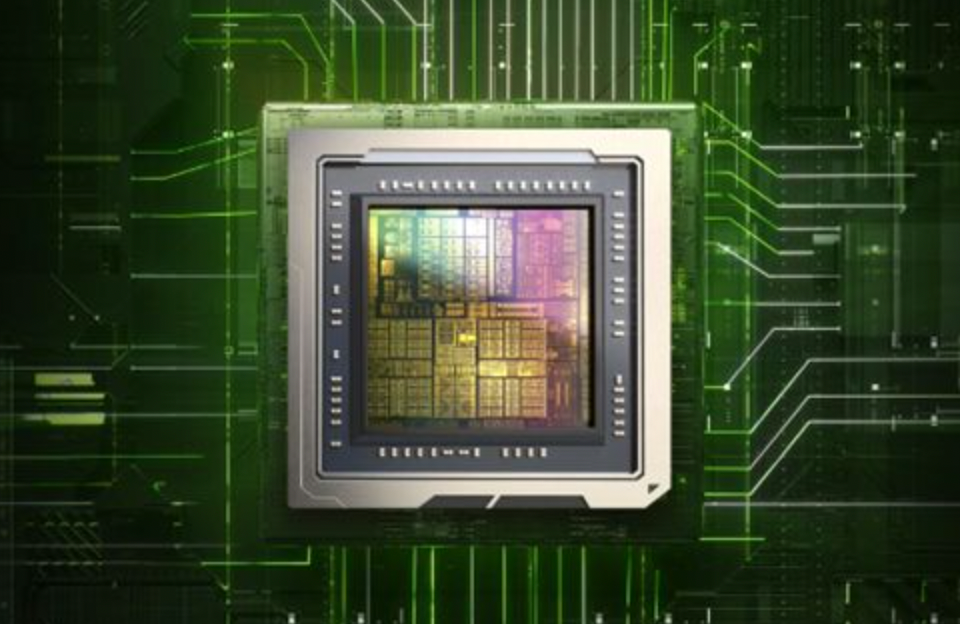
However, there is a problem no matter which solution is used: from software to hardware, there is always a part of autonomous driving owned by foreign manufacturers. If an accident occurs and causes a supply disruption, it is equivalent to cutting off one’s nose to spite one’s face for the main manufacturers.
Horizon’s solution completely domesticates the software and hardware of autonomous driving, completely breaking the monopoly of foreign autonomous driving system software and hardware.
In addition, Horizon’s three delivery modes also ensure the autonomy of main manufacturers:
Horizon’s automatic driving solution, which integrates software and hardware, can be fully purchased by the main manufacturers, or Horizon can provide chips and development tool chains. The upper-level algorithms such as perception and decision-making can be fully self-researched by the car company.
Alternatively, the car company can purchase chips and perception algorithms, and partially self-research decision-making algorithms.
In other words, the main manufacturers can consider the best cooperation mode based on their current research and development capabilities.
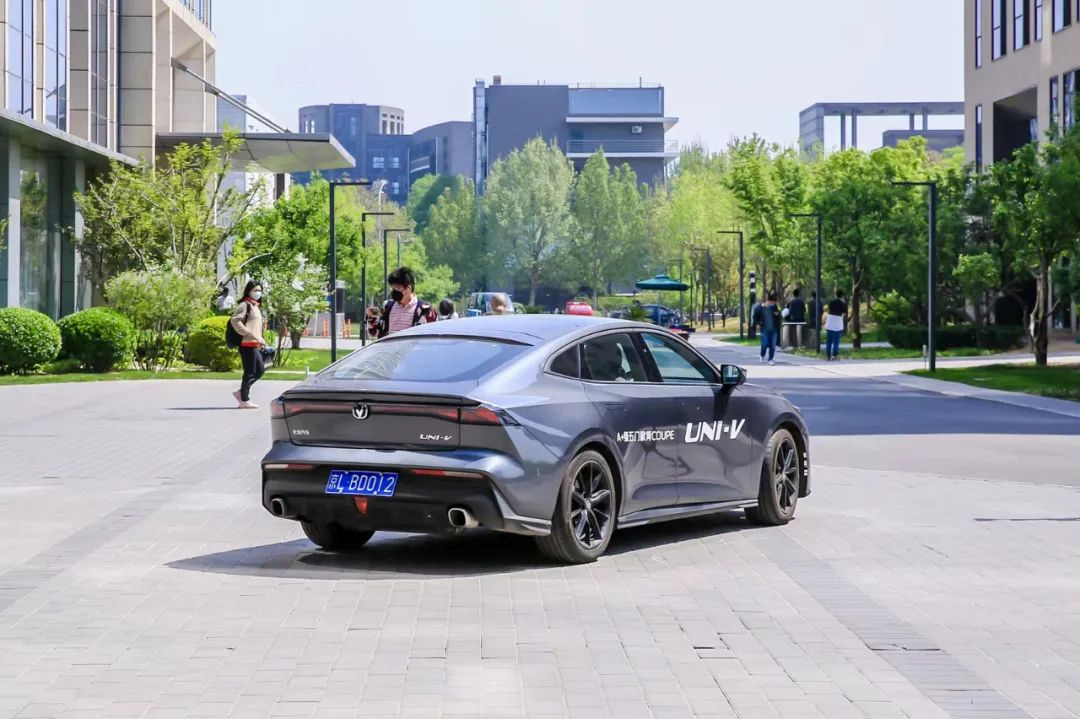
one more thing
At the same time as the release of the self-researched NOA, Horizon’s latest mass-produced vehicle, the Journey 5, has made a major breakthrough:
The Journey 5 chip has obtained its first official customer ― BYD.
Horizon officially announced that BYD and Horizon have formally reached a designated cooperation. BYD will adopt Horizon’s autonomous driving chip Journey 5 in some of their car models.
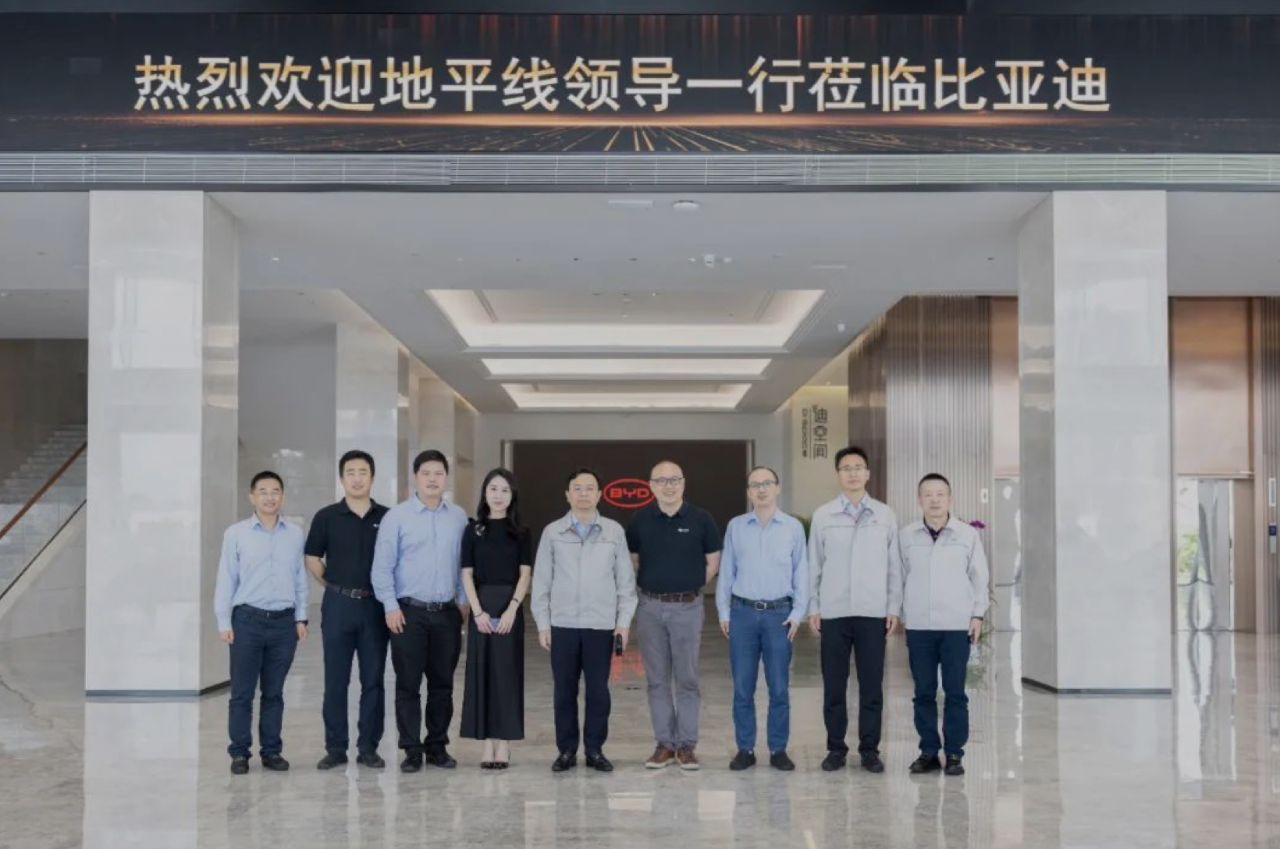
According to the plan, the BYD models equipped with Horizon’s Journey 5 chip will be available in mid-2023.
Here, we can also speculate, will BYD adopt Horizon’s NOA solution based on Journey 5? It’s not clear, but one thing is clear, BYD is very anxious about smart driving. After all, they have already become the NO.1 in electrification in China.
Now, with Horizon’s “turbocharger,” they can easily catch up in smart driving.
— 完 —
“`
This article is a translation by ChatGPT of a Chinese report from 42HOW. If you have any questions about it, please email bd@42how.com.
